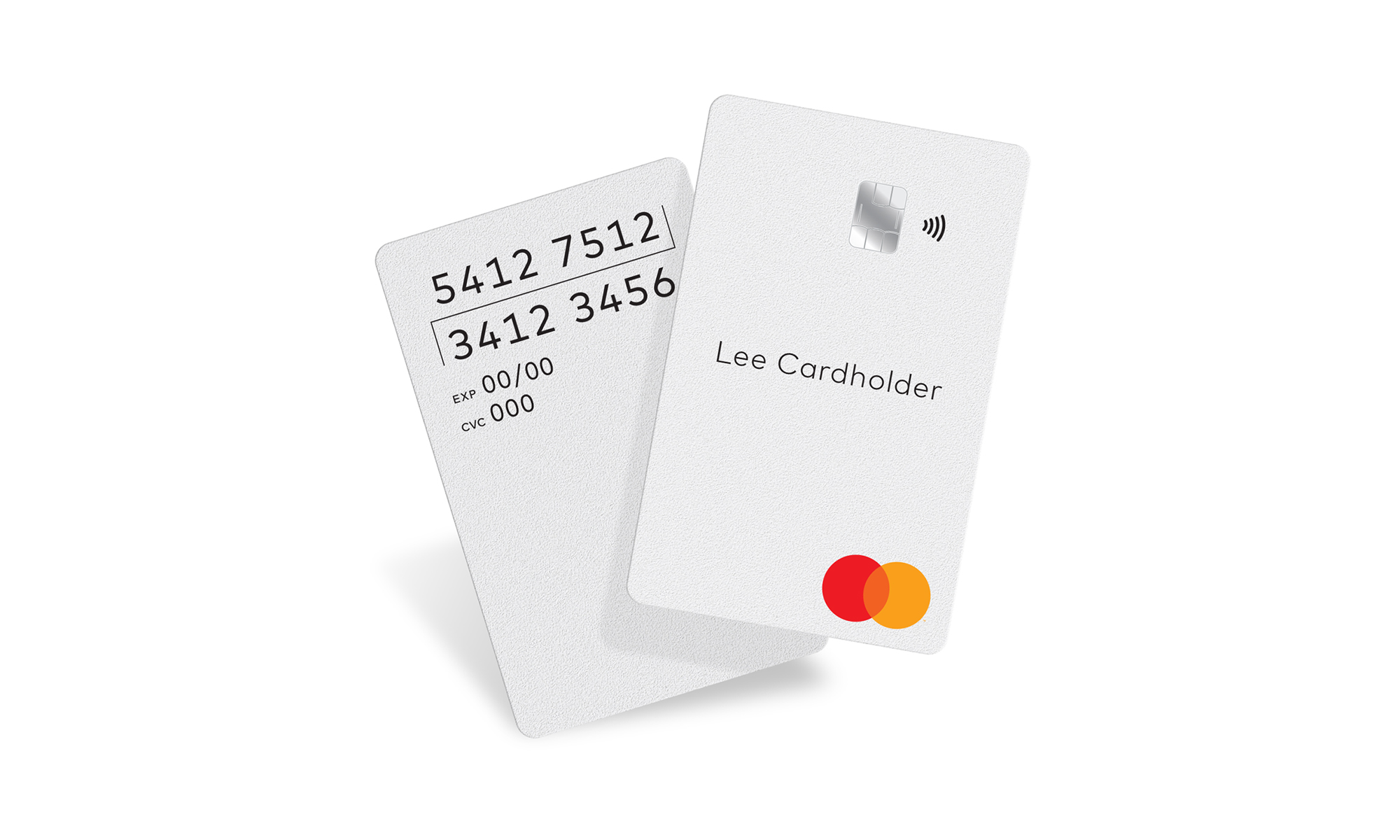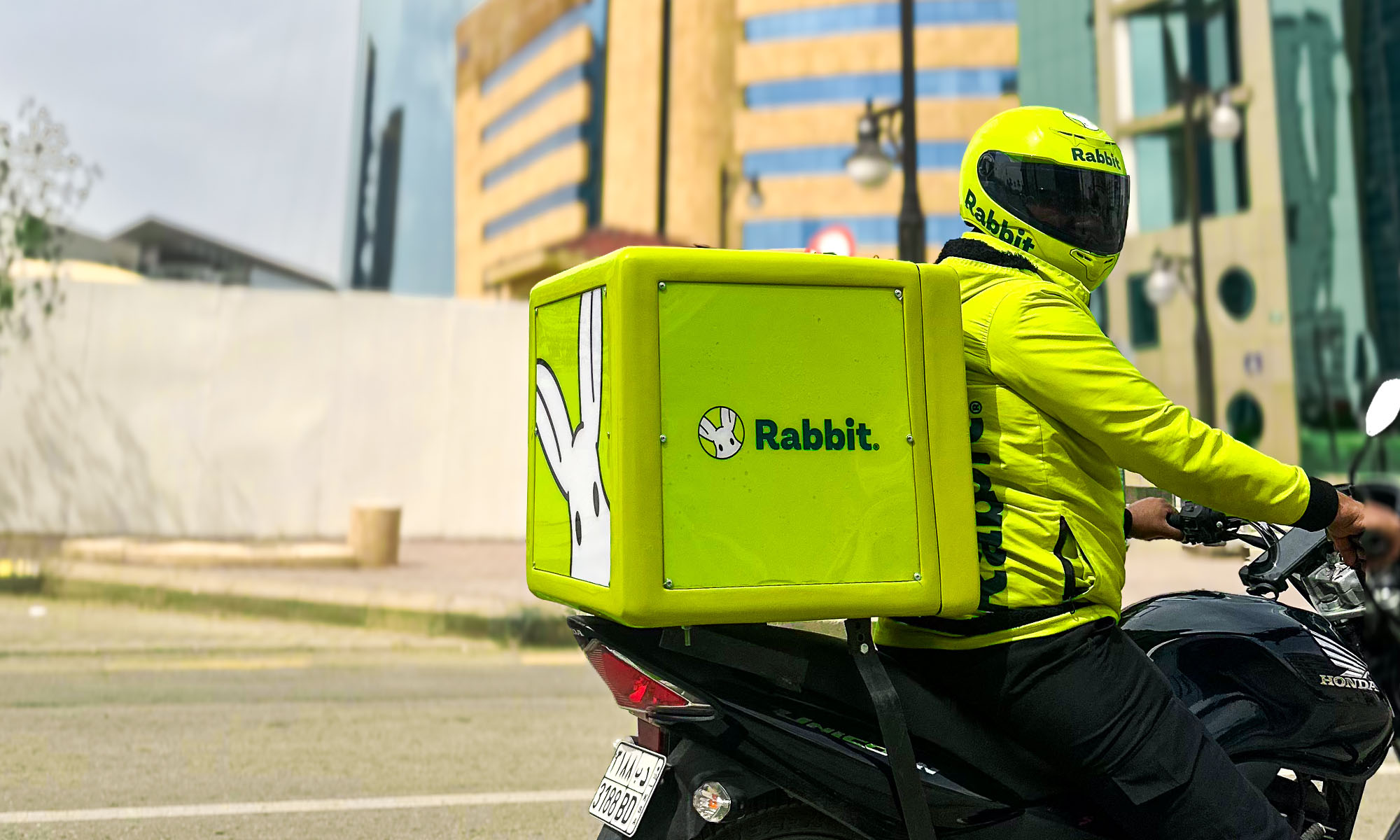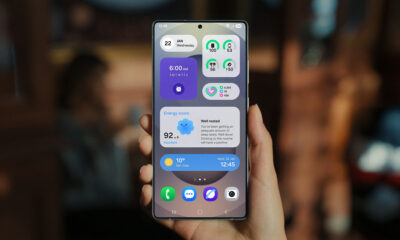News
Mastercard Plans To Say Goodbye To Magnetic Stripes In 2024
The technology that makes magnetic stripes possible dates back to the 1960s.

The pandemic has changed a lot of things, including the way we pay for goods and services. According to the Mastercard New Payments Index, 1 billion more contactless transactions were processed in the first quarter of 2021 compared to the same period in 2020. What’s more, 45% of all in-person checkout transactions in the second quarter of 2021 were contactless.
Now, the global payments and a technology company has announced that it plans to start phasing out the use of magnetic stripes on its credit and debit cards in 2024.
As explained in the official announcement, the magnetic stripe will first start to disappear for Mastercard payment cards in regions where chip cards are already widely used, such as Europe. In regions where magnetic stripes are still used relatively often, the phasing out process will be delayed by 3 years. From 2029, no new Mastercard credit or debit cards will be issued with a magnetic stripe.
“It’s time to fully embrace these best-in-class capabilities, which ensure consumers can pay simply, swiftly, and with peace of mind,” says Ajay Bhalla, president of Mastercard’s Cyber & Intelligence business. “What’s best for consumers is what’s best for everyone in the ecosystem.”
Also Read: Abu Dhabi Has Dropped Business Setup Fees By Up To 94%
The technology that makes magnetic stripes possible dates back to the 1960s, and we now have much more convenient and, above everything else, safer alternatives. One such alternative is the global EMV chip standard, which was introduced in the 1990s, enabling cardholder details to be held more securely on small integrated circuit chips embedded into cards.
Cards with EMV chips are currently responsible for 86% of in-person card transactions. We also have contactless payments, which can be made either using a card or with a modern, NFC-enabled smartphone. Since the outbreak of the pandemic, many policymakers and retailers have been endorsing contactless payments as the best payment method available, and the trend will likely continue even in the future.
News
Rabbit Expands Hyperlocal Delivery Service In Saudi Arabia
The e-commerce startup is aiming to tap into the Kingdom’s underdeveloped e-grocery sector with a tech-first, locally rooted strategy.

Rabbit, an Egyptian-born hyperlocal e-commerce startup, is expanding into the Saudi Arabian market, setting its sights on delivering 20 million items across major cities by 2026.
The company, founded in 2021, is already operational in the Kingdom, with its regional headquarters now open in Riyadh and an established network of strategically located fulfillment centers — commonly known as “dark stores” — across the capital.
The timing is strategic: Saudi Arabia’s online grocery transactions currently sit at 1.3%, notably behind the UAE (5.3%) and the United States (4.8%). With the Kingdom’s food and grocery market estimated at $60 billion, even a modest increase in online adoption could create a multi-billion-dollar opportunity.
Rabbit also sees a clear alignment between its business goals and Saudi Arabia’s Vision 2030, which aims to boost retail sector innovation, support small and medium-sized enterprises, attract foreign investment, and develop a robust digital economy.
The company’s e-commerce model is based on speed and efficiency. Delivery of anything from groceries and snacks to cosmetics and household staples is promised in 20 minutes or less, facilitated by a tightly optimized logistics system — a crucial component in a sector where profit margins and delivery expectations are razor-thin.
Despite the challenges, Rabbit has already found its stride in Egypt. In just over three years, the app has been used by 1.4 million customers to deliver more than 40 million items. Revenue has surged, growing more than eightfold in the past two years alone.
Also Read: Top E-Commerce Websites In The Middle East In 2025
CEO and Co-Founder Ahmad Yousry commented: “We are delighted to announce Rabbit’s expansion into the Kingdom. We pride ourselves on being a hyperlocal company, bringing our bleeding-edge tech and experience to transform the grocery shopping experience for Saudi households, and delivering the best products – especially local favorites, in just 20 minutes”.
The company’s growth strategy avoids the pitfalls of over-reliance on aggressive discounting. Instead, Rabbit leans on operational efficiency, customer retention, and smart scaling. The approach is paying off, having already attracted major investment from the likes of Lorax Capital Partners, Global Ventures, Raed Ventures, and Beltone Venture Capital, alongside earlier investors such as Global Founders Capital, Goodwater Capital, and Hub71.






















